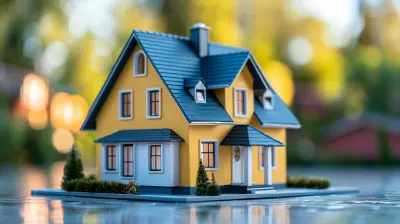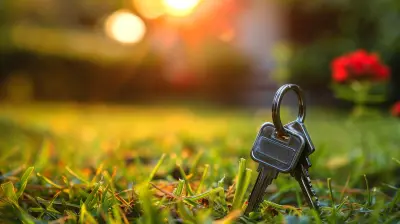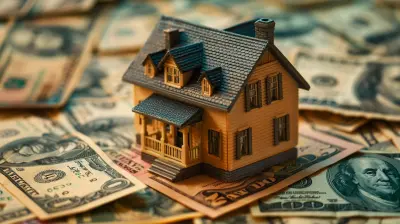Exploring Passive House Design for Energy Efficiency
4 June 2025
When it comes to building an energy-efficient home, Passive House design is one of the best strategies out there. Imagine living in a house that stays warm in the winter and cool in the summer—all without skyrocketing energy bills. Sounds like a dream, right? Well, that’s exactly what Passive House design aims to achieve.
This revolutionary approach to homebuilding isn’t just about saving money; it’s about creating healthier, more comfortable living spaces while drastically reducing our carbon footprint. In this article, we’ll dive into the principles of Passive House design, its benefits, and why it’s becoming an increasingly popular choice for homeowners looking to blend comfort with sustainability. 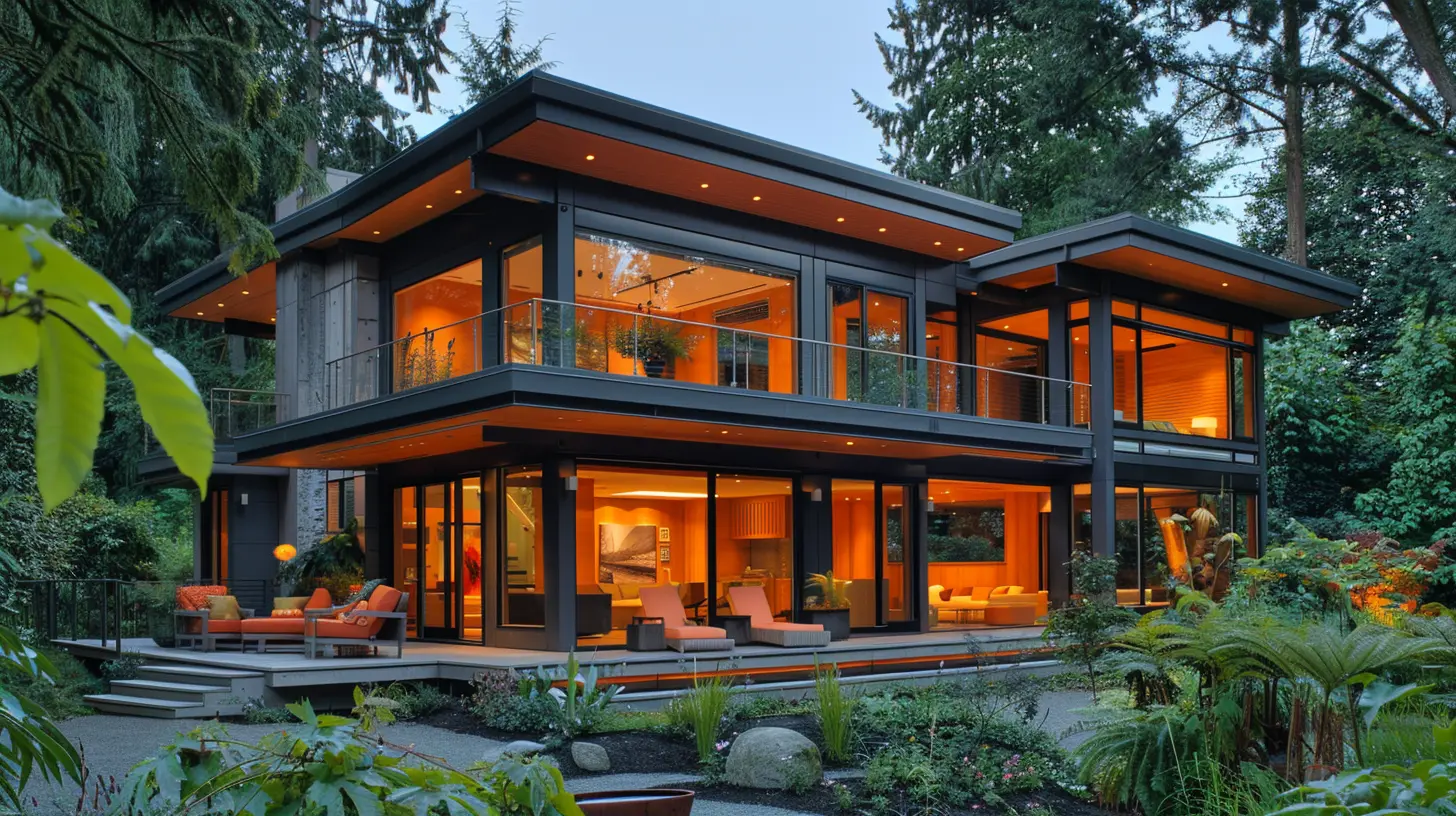
What Is Passive House Design?
Passive House (or Passivhaus, as it’s called in Germany) is a building standard that focuses on superior energy efficiency. It was first developed in the late 1980s by Dr. Wolfgang Feist and has since gained momentum worldwide.The goal? To minimize energy use while maximizing indoor comfort. This is accomplished through smart design principles that reduce the need for traditional heating and cooling systems. Unlike conventional homes that rely on HVAC systems to regulate temperature, Passive House buildings use insulation, airtight construction, and strategic ventilation to maintain a comfortable climate year-round. 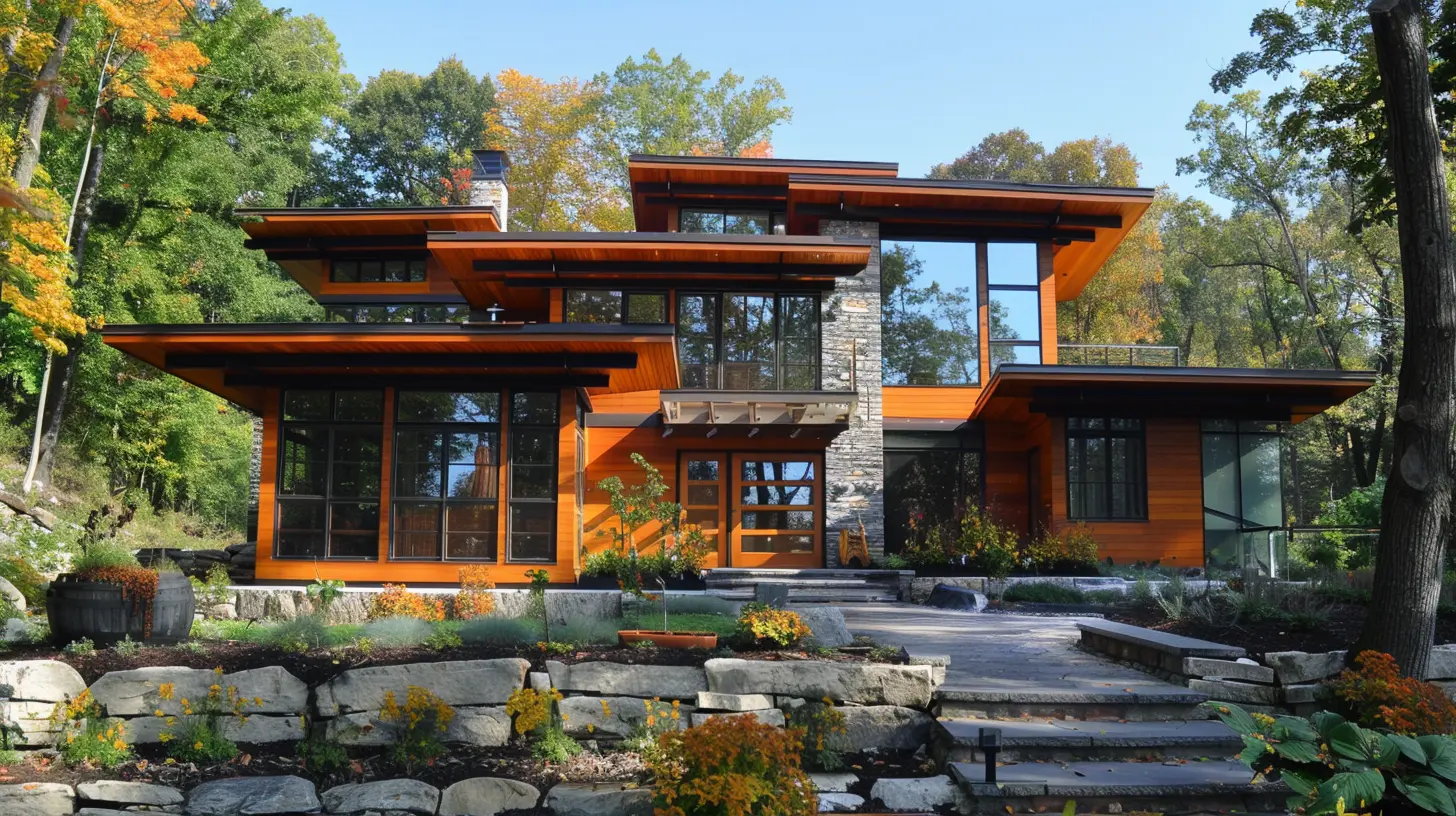
The Five Core Principles of Passive House Design
So, what makes a house "passive"? The design is based on five key principles that work together to optimize energy efficiency.1. Super-Insulation
Think of insulation as your home's winter coat—it keeps the heat inside when it's cold and prevents overheating in the summer. In Passive House design, walls, roofs, and floors are packed with high-performance insulation to minimize heat loss.2. Airtight Construction
A Passive House is sealed up tight—really tight. The key is to eliminate air leaks, which are notorious for driving up energy costs. By preventing drafts, the home maintains a consistent indoor temperature without overworking heating or cooling systems.3. High-Performance Windows & Doors
Windows are one of the biggest culprits of heat loss in a home. Passive Houses use triple-pane, high-performance windows that trap heat inside during the winter and keep it out during the summer. These windows also reduce noise, making for a quieter indoor environment.4. Heat Recovery Ventilation (HRV) or Energy Recovery Ventilation (ERV)
Since the house is airtight, proper ventilation is crucial. That’s where an HRV or ERV system comes in. These systems continuously bring in fresh air while recovering heat from outgoing air. The result? A steady flow of fresh, filtered air without losing warmth in the winter or coolness in the summer.5. Thermal Bridge-Free Construction
Thermal bridges are weak spots in a building's insulation, like gaps in a blanket that let cold air sneak through. Passive Houses are designed to eliminate these weak spots, ensuring heat stays where it belongs.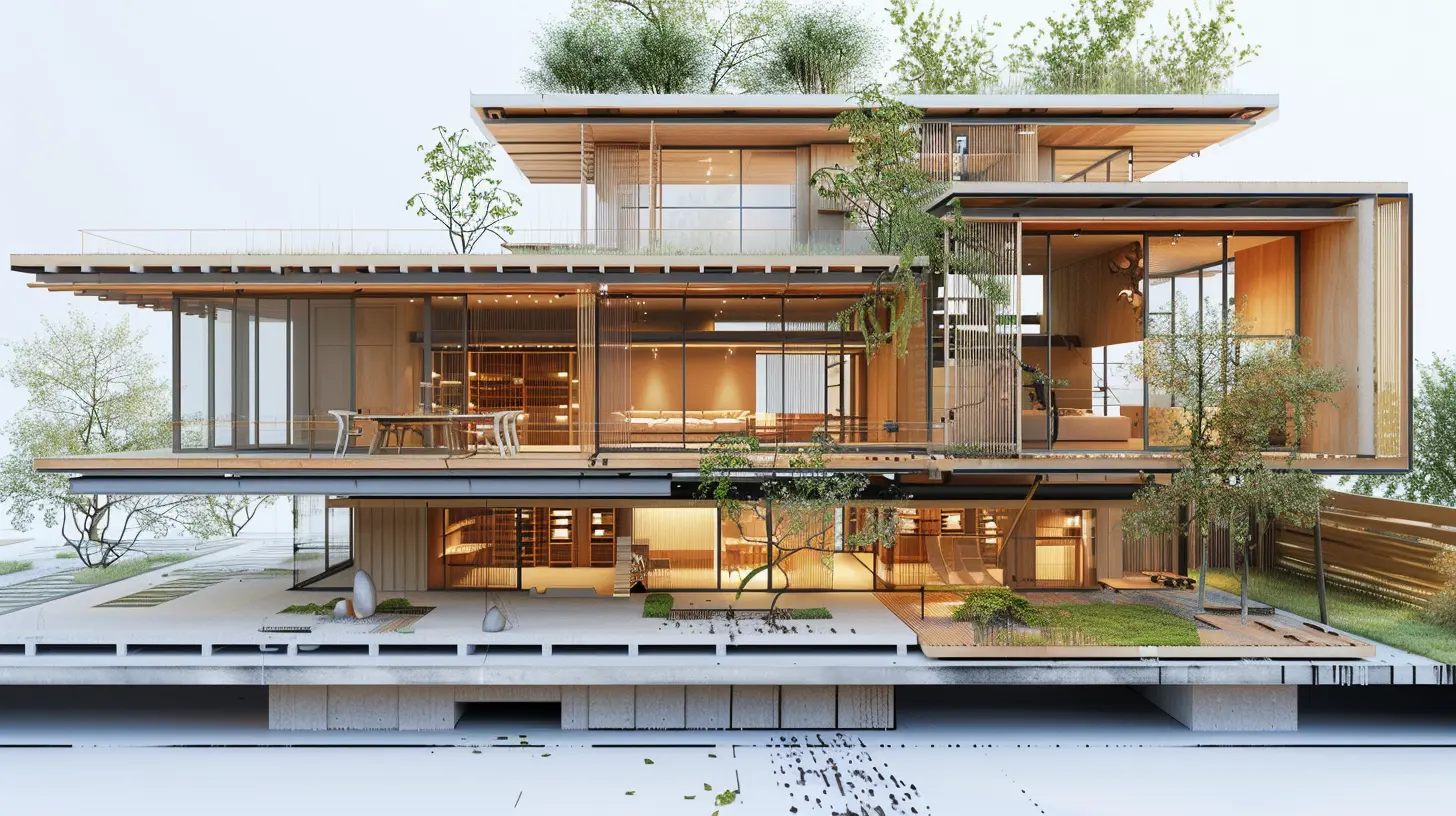
The Benefits of Passive House Design
If you’re wondering whether Passive House design is worth the investment, here are some compelling reasons why it’s a game-changer.1. Reduced Energy Bills
One of the biggest perks? Massive savings on heating and cooling costs. Since Passive Houses require very little energy for temperature regulation, homeowners often see reductions of up to 90% in energy costs.2. Superior Indoor Comfort
Ever walked across a freezing cold floor in winter? Or felt that certain rooms in your home never quite warm up? With Passive House design, those discomforts are a thing of the past. The consistent indoor temperature makes homes feel cozier year-round.3. Healthier Indoor Air Quality
Thanks to continuous ventilation, Passive Houses maintain excellent air quality. Dust, allergens, and mold don’t stand a chance when filtered fresh air is constantly circulating. Say goodbye to stale indoor air and hello to a healthier home.4. Sustainability & Lower Carbon Footprint
With climate change on everyone's radar, reducing energy consumption is more important than ever. Passive Houses drastically lower greenhouse gas emissions by minimizing reliance on fossil fuels and electricity.5. Durability & Low Maintenance
These homes are built to last. Their airtight construction prevents moisture damage, mold growth, and wear and tear caused by temperature fluctuations. This means lower maintenance costs and fewer repairs in the long run.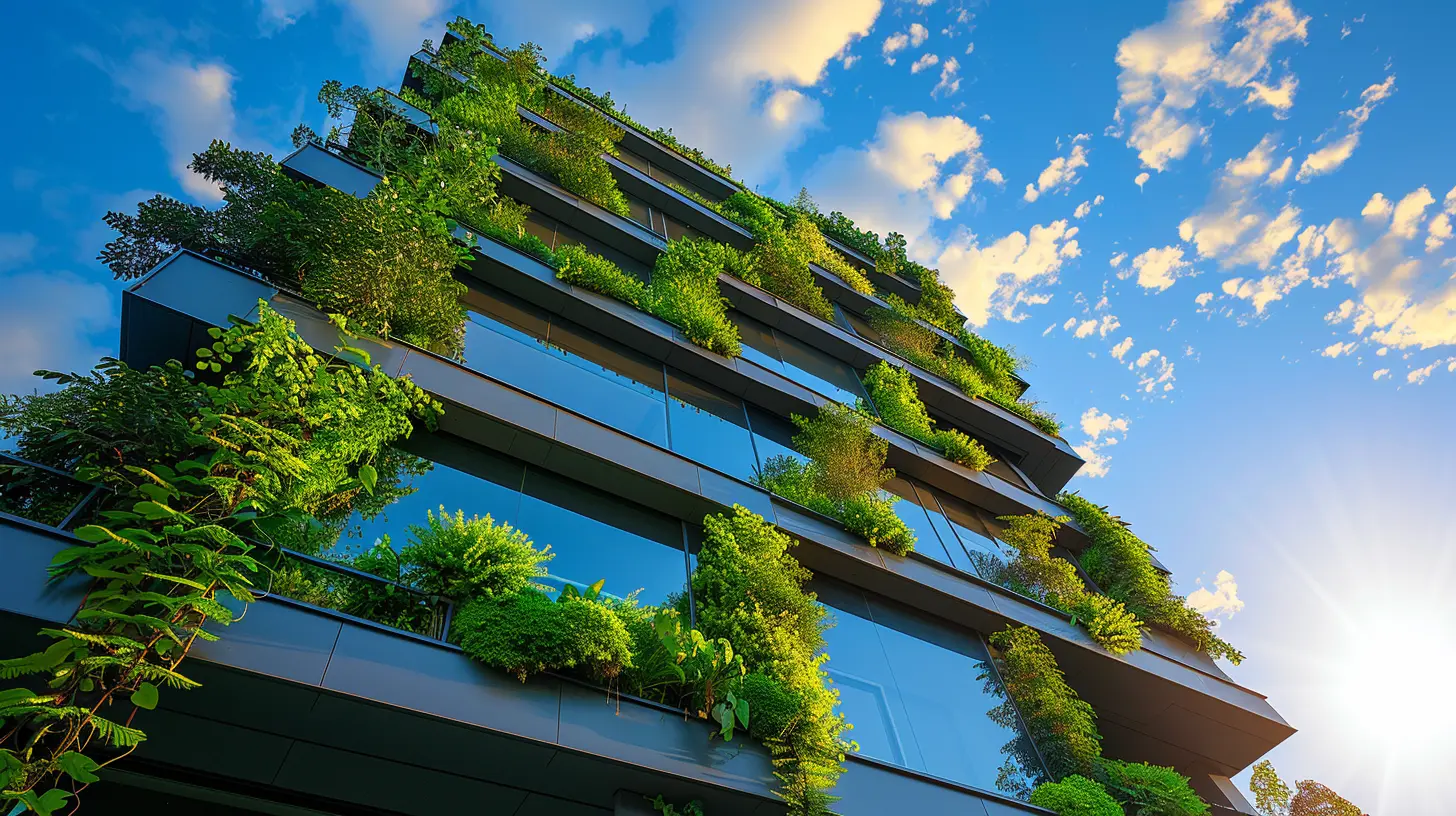
Common Misconceptions About Passive House Design
Despite its benefits, some myths about Passive Houses still linger. Let’s clear up a few misconceptions:1. "Passive Houses are Expensive to Build"
While the upfront costs might be higher due to high-quality materials and specialized designs, Passive Houses quickly pay for themselves in energy savings. Homeowners often recoup their investment within a few years.2. "They Look Unattractive or Weird"
Some people think Passive Houses have a futuristic, boxy appearance. In reality, they can be designed to look just like any other home, whether it’s modern, traditional, or rustic.3. "Windows Can’t Be Opened"
Yes, you can open the windows in a Passive House! The key difference is that you don’t need to rely on open windows for fresh air, as the ventilation system does the heavy lifting.4. "Passive Houses Only Work in Cold Climates"
Passive design principles work in any climate. Whether you’re in a freezing-cold region or a scorching-hot desert, the same energy-efficient techniques can be customized to suit your local weather conditions.Is a Passive House Right for You?
If you’re considering building a new home, incorporating Passive House principles is a no-brainer. Not only will you enjoy a more comfortable and healthier living space, but you’ll also drastically cut your energy expenses and reduce your environmental impact.However, even if you’re working with an existing home, you can still apply Passive House elements—like upgrading insulation, installing better windows, or adding an energy recovery ventilation system—to improve efficiency.
Final Thoughts
Passive House design is more than just a buzzword—it’s a proven way to build homes that are comfortable, energy-efficient, and sustainable. With its airtight construction, top-notch insulation, and smart ventilation strategies, it’s no surprise that this building standard is gaining popularity worldwide.Investing in a Passive House doesn’t just benefit homeowners—it’s a step toward a greener planet. So, whether you’re building from scratch or retrofitting your current home, adopting Passive House principles is a smart move for both your wallet and the environment.
all images in this post were generated using AI tools
Category:
Sustainable HousingAuthor:

Cynthia Wilkins
Discussion
rate this article
3 comments
Vanya Gomez
Great article! Passive House design is a fantastic approach to sustainability and energy efficiency. Excited to see how these principles shape the future of real estate!
June 13, 2025 at 3:50 AM

Cynthia Wilkins
Thank you! I'm glad you enjoyed the article and share the excitement for Passive House design's potential in real estate.
Elowen Phelps
Great insights on energy efficiency!
June 12, 2025 at 12:44 PM

Cynthia Wilkins
Thank you! I'm glad you found the insights valuable!
Rowan Hernandez
Great article! Exploring Passive House design is essential for promoting energy efficiency and sustainability in our communities. It's inspiring to see how these innovative concepts can transform homes into eco-friendly havens while reducing costs. Keep up the fantastic work in raising awareness about such important topics in real estate!
June 9, 2025 at 4:05 AM

Cynthia Wilkins
Thank you for your kind words! I'm glad you found the article inspiring and important for our communities. Together, we can promote energy efficiency and sustainability in real estate!
